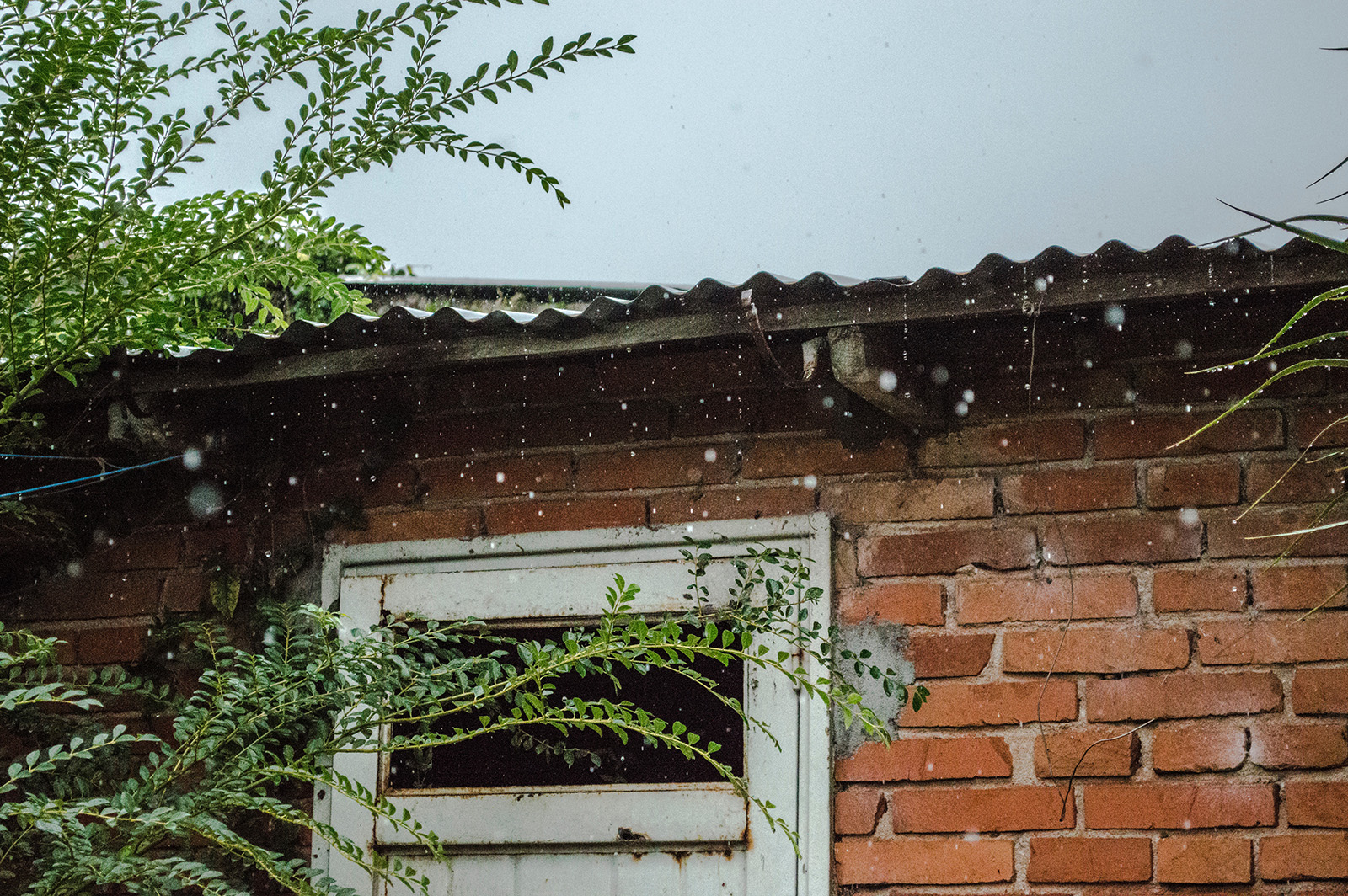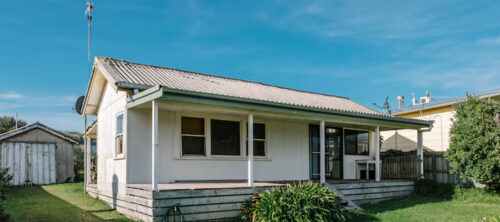Flooding is one of the most common (and most expensive) natural calamities in the United States. It poses serious threats to life, property, and the general well-being of communities. In fact, damage from water logging is one of the major reasons an increasing number of people are opting for home and flood insurance.
But insurance aside, it’s important to take a few necessary precautions to minimize the chances of your home getting damaged by flood water. You can’t completely eradicate the threat of flooding—but you can follow these five fantastic steps to preemptively protect your home.
1. Move vulnerable belongings.

If you reside on the ground floor or in a single-story house, move vulnerable items higher up. If you have multiple stories, shift all the stuff that can get damaged to an upper floor. (Think electric equipment, photographs, and valuable artwork.) This will protect your important possessions even in the most severe of floods. Additionally, if your home is under construction, make sure to raise the furnaces and water pumps to 12 inches above the highest known flood level for your area. This will save you a lot of trouble and will make your life easier in the event of a flood.
2. Avoid sewer backflow.

A common symptom of flooding is damage to sewer systems due to an excessive inflow of water. Continuously rising water levels often cause sewage to back up into people’s homes through the drainpipe. Unsurprisingly, this creates a lot of problems. Not only does it damage the entire interior design and decoration of the home, but it spreads an utterly foul smell, making for in an unhygienic atmosphere. But! Special care and a few security measures can prevent this from happening.
The first step is to install a backflow valve in the drain line. The IBHS strongly recommends the installation of an interior or exterior backflow valve. The valve comes equipped with a flapper that closes automatically as required. In order to be extra safe, you can even install a manually operated valve for increased security. This will allow the flow of trash in only one way. You should ideally spend at least $100 or more per valve to get them installed by a professional. If you want to do it yourself, it will cost you around $10-$15 per valve to ensure sewage does not ruin your home.
On the other hand, the Federal Alliance for Safe Homes, or FLASH, highly suggests the installation of gate valves. Although the recommendations vary from organization to organization, the basic purpose remains the same: to protect your home from flood damage. Gate valves are more complex than backflow valves, but residents can operate them by hand. The seal is extremely strong as compared to flap or check valves because flap valves open automatically to allow water to flow out, and then close as the water tries to get in. You must also make sure to have a point in the pipe that’s easily accessible for repair. Oftentimes builders ignore this nitty-gritty detail during construction, but it plays a very important role later on!
3. Safeguard electrical equipment.

Flood water can damage all of your switches, sockets, circuit breakers, and wiring, so it’s important that they’re at least a foot above the expected flood level in your area. You should also make sure that any HVAC equipment is installed at a high and safe level. Can’t elevate it? Place it inside a concrete or masonry block wall instead.
Pay special attention to the washers and dryers, too. If yours are located in the basement, place them on cinder blocks one foot above the BFE. Oh, and while you’re at it, make sure your roof doesn’t leak.
4. Flood sensors.

Another safety precaution to installing flood sensors, which can significantly limit flood damage. As soon as water is detected in a location that should be dry, these flood sensors will alert you so that you can quickly respond to the situation. Given the number of natural disasters these days, a lot of people in flood-prone areas have started integrating sensors into their home security system.
5. Create an emergency flood plan.

Natural calamities like floods can hit anytime—which is why you should always be prepared with an emergency escape plan for your family. Children should be well-informed about safe places to go if they can’t reach home during a flood. Warn them about the dangers of a flood and teach them basic security measures. Keep a mini flood kit packed with safety equipment like a waterproof document pouch, wind-up radio, wind-up torch, rubber gloves, and emergency foil blankets. As water starts to rise, observe immediate safety measures like shutting off electricity at the breaker panel and clearing the gutter and drains in case they are clogged.
6. Understand Your Legal Rights and Insurance Options
While physical preparations are crucial, understanding your legal rights and insurance options is equally important. Having the right legal documentation can ensure you’re adequately protected against flood damage claims. Services like LegalZoom can help homeowners navigate these legalities, offering peace of mind in the event of a flood.
A flood can hit at any time, so it’s better to be prepared and safe than unprepared and sorry. You may not be able to totally prevent loss, but observing a few preventative safety measures will go a long way to making losses minimal.
AUTHOR: SARA O BROWN
Sara O Brown is a working mom, lives with her dentist husband and her adorable dog, Casper. She is passionate about traveling and cooking. Currently, she is contributing to-https://houseofpain.com/.






